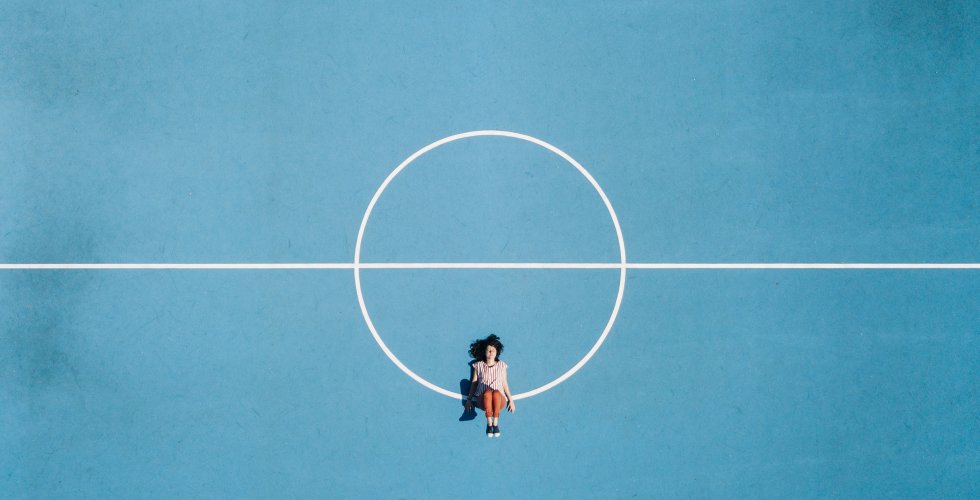
Gender segregation and exclusion
To a large extent sports is gender divided through regulations, jargon, norms and locker rooms. That excludes trans people from doing sports. Trans people as a group are more sedentary than the population at large, at the same time as trans youth themselves have to educate adults and create preconditions for doing sports.
This text is primarily aimed at people active within sports; at a decision-making level, as a trainer or otherwise involved.
Sedentary leisure time
In the Public Health Agency of Sweden’s report Hälsan och hälsans bestämningsfaktorer för transpersoner, 800 trans people have answered questions about their health. It shows that every fourth trans person is dissatisfied with their physical health and every third trans person is dissatisfied with their mental health.
The same study shows that only 19% had 30 minutes of physical activity per day, compared to 66% of the population at large, and that trans people were more sedentary during leisure time than the population in general. 16% would like to do more sports, but state that they are limited because of their trans experience. 11% are worried about how they would be received because of their trans experience.
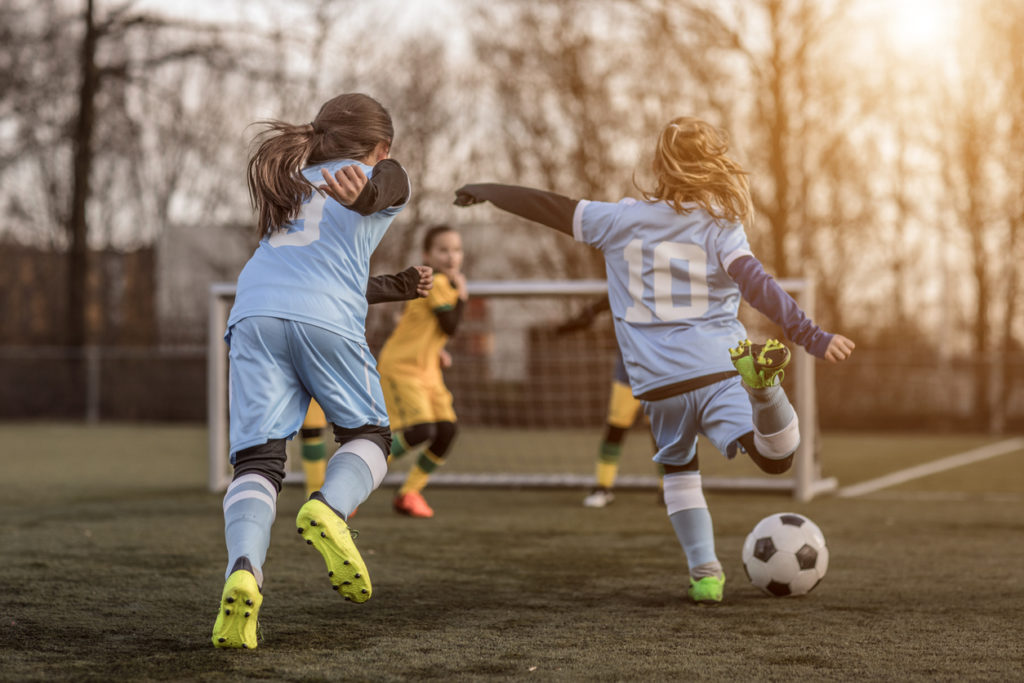
The investigation Transpersoner i Sverige (SOU 2017:92) addresses the issue of trans people’s opportunity to exercise and train. The report highlights several problems regarding the possibility to exercise and train. One example is that you are forced to quit sports because of hormone treatment. Other limitations is the necessity to declare one’s legal name and gender when registering at a gym and the difficulty of finding suitable workout clothes.
The investigation mentions an English study which shows that apart from feeling better physically, people may also exercise for reasons that are specifically connected to their trans identity. Exercise may aid gender dysphoria, and some use exercise as a way of shaping their body to become more like the gender they identified as. Others use exercise as a way of keeping fit before gender affirming surgery.
The investigators of Transpersoner i Sverige came in contact with many trans people who specifically addressed the problem with indoor swimming pools and the access to swimming as a form of exercise. This was because of fear of violence and harassment and limited access to areas to change and shower.
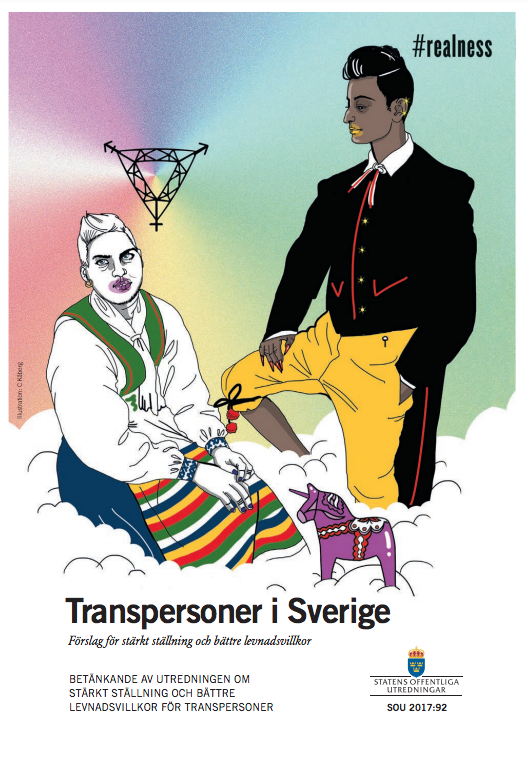
THE INVESTIGATION RECOMMENDS: that the government starts a dialogue with the Swedish Sports Confederation and that only the children’s and youth’s sports that operate from a children’s rights perspective should receive grants. The investigation underscores that the children’s rights perspective also includes trans people under the age of 18.
5, 524 LGBTQI people from 28 countries within the EU have participated in an investigation about sports.
90% feel that homophobia and especially transphobia is a problem in sports.
7 out of 10 think that it’s important that famous athletes come out to battle discrimination themselves.
82% testify that homo- and transphobic language has been used in sports during the past six months.
33% stay in the closet in a sports context.
20% refrain from participating in sports because of their sexual orientation and/or gender identity.
38% don’t know where to turn when they have been discriminated against in sports.
Trans people’s non-participation in sports can stem from negative experiences or that one doesn’t fit into the system.
Gender division

In systems where people are divided by gender trans people are too often excluded from partaking. Sports are often gender divided and both practice and competitions are carried out in female and male categories.
There are also sports where female and male categories compete in different disciplines or have different rules for the same categories. It can be about lifting more or less heavy or running different distances. The male category may have longer intervals in games, longer tracks, higher jumps, heavier apparatus or a bigger field.
Even children are to a great extent divided by gender, even if there are variations between different sports. Geographic location is also a factor; in small sports or in smaller communities the number of practitioners can be so small that it’s impossible to make divisions by gender or age.
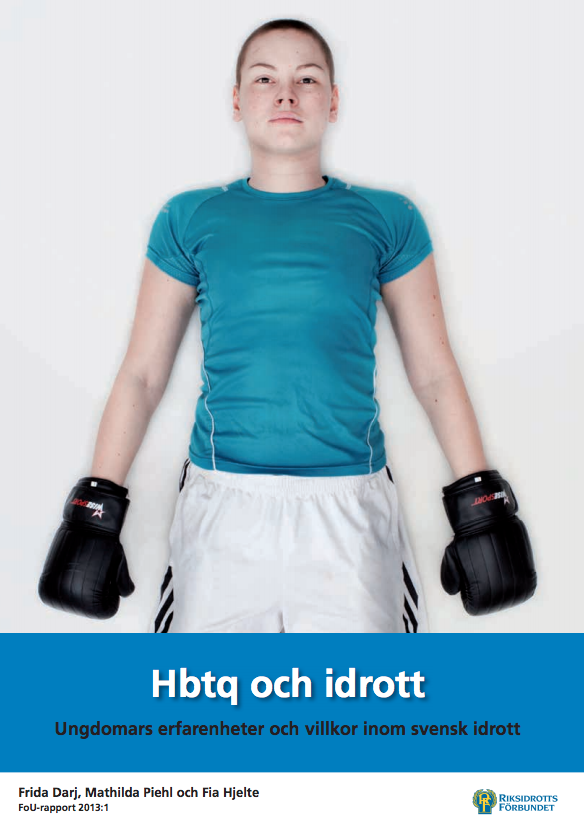
The study Hbtq och idrott: Ungdomars erfarenheter och villkor inom svensk idrott provides an LGBTQ perspective on sports. The quotes and texts here are from the study. The study was carried out by RFSL and RFSL Ungdom on behalf of the Swedish Sports Confederation.
In the study Hbtq och idrott, Alex, a transsexual guy who is 16 says that he exercises at a gym, but that he would rather play football. After undergoing gender-affirming treatment he hopes to be able to play football with other guys. But by the time he will have gotten the treatment, he will be an adult and will have spent his whole youth waiting to practice the sport of his dreams, losing the opportunity of a career in football.
Alex describes how there’s a sense of community in ballgames:
“You cooperate with each other and feel a sense of community when you play together on a team.”
Alex can’t be a part of this community. It’s not until others also see him as a guy that he believes he’ll be able to access the sport he dreams about.
One of the preconditions to be able to change legal gender is that you have been in contact with a specialised gender assessment team for at least two years. Added to that are waiting times to start a gender assessment process. In some places in Sweden the waiting times can be up to two years.
Since the whole process takes many years (especially for children and youth), during which participation in sports might not be possible, the possibility of continuing doing sports is not optimal. The alternative is to start as a beginner as an adult.
There are also indications that people postpone their decision of seeking gender-affirming care so as to not have to stop doing sports. A decision that can have life-altering consequences.
Non-binary people risk never fitting into the gender divided sport and all too often have to choose a sport based on what is possible rather than on what seems fun.
You can read more about gender division in Genus och heteronormativitet inom barn- och ungdomsidrott Könsmönster i idrottsdeltagande och regelverk inom idrott.
POLICY: The project Idrott för alla kroppar works with producing a policy for the inclusion of trans people in sports.
INTEGRITY: Under no circumstances may a trans person’s experience be exposed without their consent. To protect a trans person must be a priority. All medical information should be treated with confidentiality.
MEDIA: Sports representatives who communicate with the media should be informed about proper terminology, correct use of pronouns and current policies.
Locker rooms
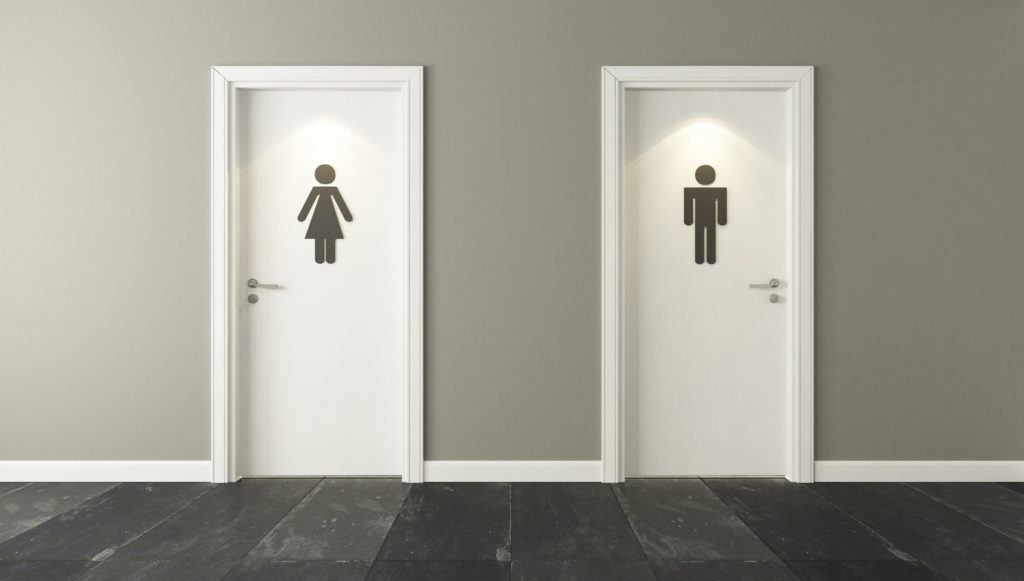
Many sports facilities are built in a way so that you have to pass through the locker rooms to get to the practise premises.
Since the concept of the locker rooms is based on the idea that you have a clear gender affiliation according to current norms, many people avoid them completely. Josef, 20, says in Hbtq och idrott:
”I’m a guy but ended up in a girl’s locker room and got stuck there. […] like a spy, a perv, when all I wanted was to do sports.”
Many come up with strategies to endure the uncomfortable situation that arises from getting changed in the wrong locker room. It can be changing in the bathroom or at home or to come up with other solutions.
Some want to go into the right locker room based on their gender identity but aren’t welcome there. Those who are too young to access gender-affirming treatment don’t pass according to their gender identity, and non-binary people often don’t fit in anywhere.
The issue about locker rooms is a big hindrance and problem for participants in sports. However, there are many solutions. It can be having shower curtains in the shower or providing a third, gender-neutral, locker room with stalls where you can change and shower. Or completely removing the gender division of the locker rooms. Adrian, 20, says in Hbtq och idrott that the best thing would be if there were more locker rooms where you could change and shower in peace, where you don’t have to choose which one to enter:
”All are equally neutral. Then it’s the same for everybody. Then it won’t be like, here are the normal ones and there are the abnormal ones.”
It’s common to put the responsibility on oneself when an inflexible structure excludes you. Instead of thinking that sports should change the locker rooms and the gender division so that everybody can participate, there’s an idea that if the body looked different all problems would go away. In the report Hbtq och idrott it’s also clear that people stop doing sports because of their body.
LOCKER ROOMS: Everybody should be able to use the locker room, the shower and toilet that corresponds to their gender identity. All locker rooms should offer some private and separate booths, showers and lavatories.
TRAVELING: If an athlete needs special accommodation to secure the access to a separate locker room and shower, the organisation should work to meet this need. Athletes should generally be offered accommodation based on their own preferences.
NOT SINGLE OUT: Information should be given on a general level without an individual having to come out or be open in order to access it.
NEW-BUILDS AND RENOVATIONS make it possible to, in collaboration with schools, authorities and other actors, oversee and design the facilities so that they’re accessible.
Pronouns
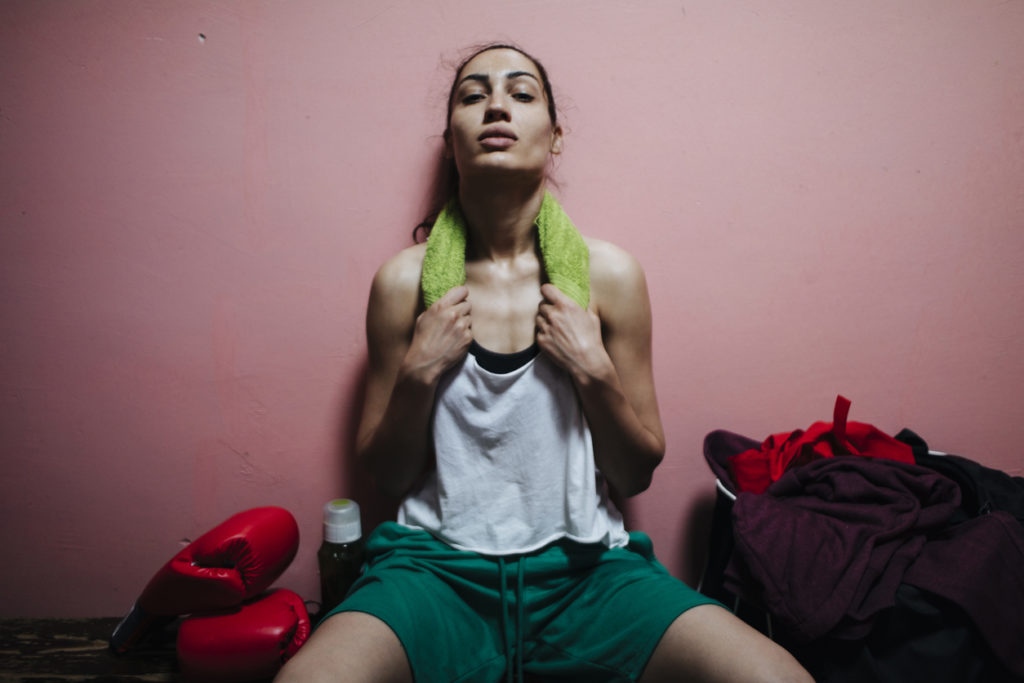
Personal pronouns (he, she or ze) is a way of getting your gender identity affirmed by others. Loe, 20, says in Hbtq och idrott that ze has felt that when ze has tried to explain to non-queers that ze neither is a man nor a woman, they don’t take it seriously and have a hard time remembering the pronoun that ze prefers:
”Okay, people must have time to adjust, but for how long is it oaky to wait before they get it right? People that I’ve known for over two years still get it wrong. There has to be a line somewhere, I can broaden their understanding, but how much do I have to endure just to be able to play football?”
NAME: Teammates, trainers and other members of the organisation should refer to the name the athlete prefers.
PRONOUNS: Teammates, trainers and other members of the organisation should refer to the pronoun the athlete prefers.
Clothes for practice and competitions
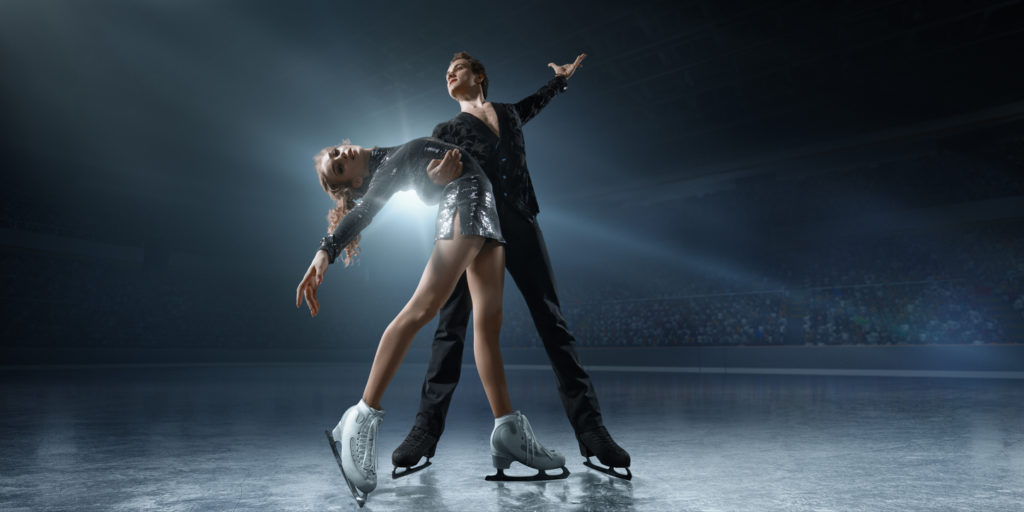
Key is a dancer. She sees herself as queer and says in the report Hbtq och idrott that she feels uncomfortable with the female role she previously had to take on. Now she does queer dancing with a female partner and is asked what they wear when they dance.
”We wear pants and are most comfortable with that. We didn’t like dancing in a dress, it would feel like acting.”
In some aesthetic sports (for example dancing and figure skating) there are regulations regarding gender-specific clothing. Even if clothing codes aren’t always regulated there are strong norms about clothing that make participation difficult.
BINDER: Many guys and some non-binary people who haven’t had gender affirming care use a binder. It’s a special kind of clothing that evens out the breasts so that they don’t show. The problem is that it can make breathing difficult.
CLOTHING CODES: Athletes should be allowed to dress according to their gender identity or gender expression. The need for gendered clothing codes should be revised. The clothes should also be designed to fit different body types and there should be a broad selection of sizes to choose from.
Kids and youth themselves have to educate adults
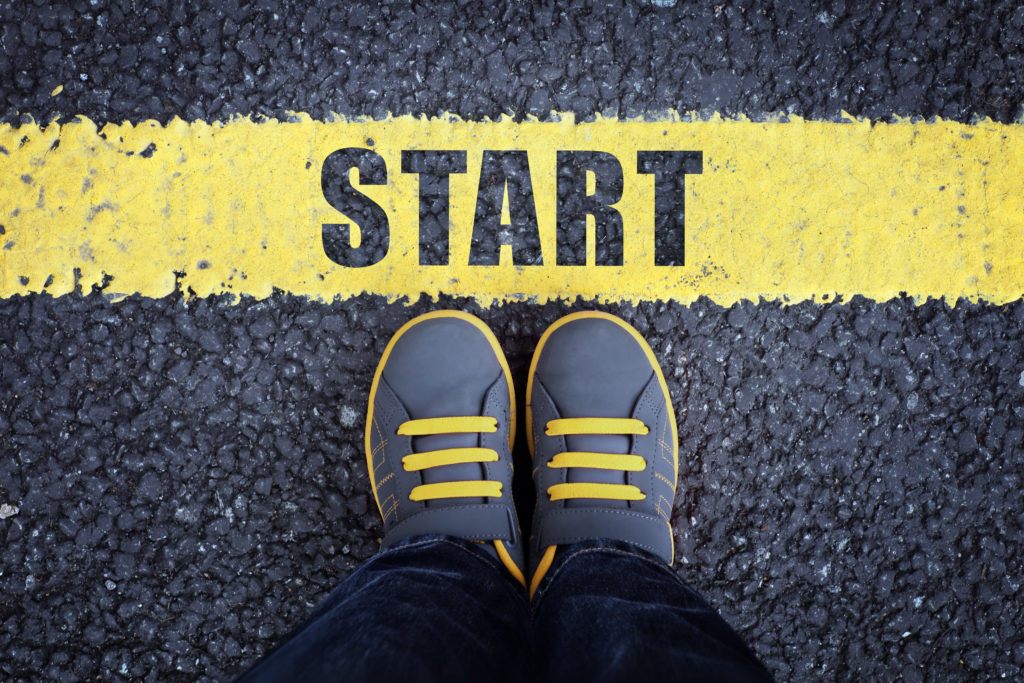
Uneducated adults are an especially big problem for children and youth, since they often have to repeatedly explain what trans means, what gender identity and gender expression is and how norms regarding gender affect their everyday lives.
They also often have to turn to adults to solve issues like locker rooms and gender division. To take the step to talk to adults about their needs can be too difficult.
Jon, who has been subject to harassment is, in Hbtq och idrott, asked if there have been adults to talk to:
”No, I don’t think so. I can find it hard to talk about trans related issues with people that cannot relate. In some way it always becomes your own responsibility. If you were to talk about difficult situations it would take too much energy to first have to introduce people to trans terminology. It becomes a bit too much.”
Common for many is that they themselves take responsibility of solving the problems with locker rooms and other things. It’s also common that no adult has asked them; that no adult has had the tools to discuss and address trans related issues.
Children and youth have, without the help of parents, taken it upon themselves to solve complicated situations where they have felt exposed and different. They have also had to educate the adults around them in trans issues; knowledge that has been necessary in order for them to address youth.
In earlier research, it has surfaced that young trans people have very little trust in professionals and other adults around them. This stems from their own or others’ negative experiences and harassment. This leads to young trans people not seeking support even though they need it. This risks worsening the situation even more for an already exposed group.
To find out more about for example the cis norm and trans people’s situation in sports, educational material and methods from SISU Swedish Sports Education Organisation.
Today’s youth, according to the Youth Barometer, are increasingly driven by values and the sports movement has to relate to youth that have many other interests and identities than those connected to the sport they practice. That means an increased demand of the ability to see the young athlete and meet them on a personal level. The sports movement should take advantage of the commitment in today’s youth. It’s especially important to dare to ask oneself questions about how structures and culture facilitate or hinder young people’s commitment. Demands that are placed on young people in sports may well have negative consequences for young people’s participation in sport.
Chart of youth’s identities 2019
1. Anti-racist
2. Feminist
3. Environmentalists
